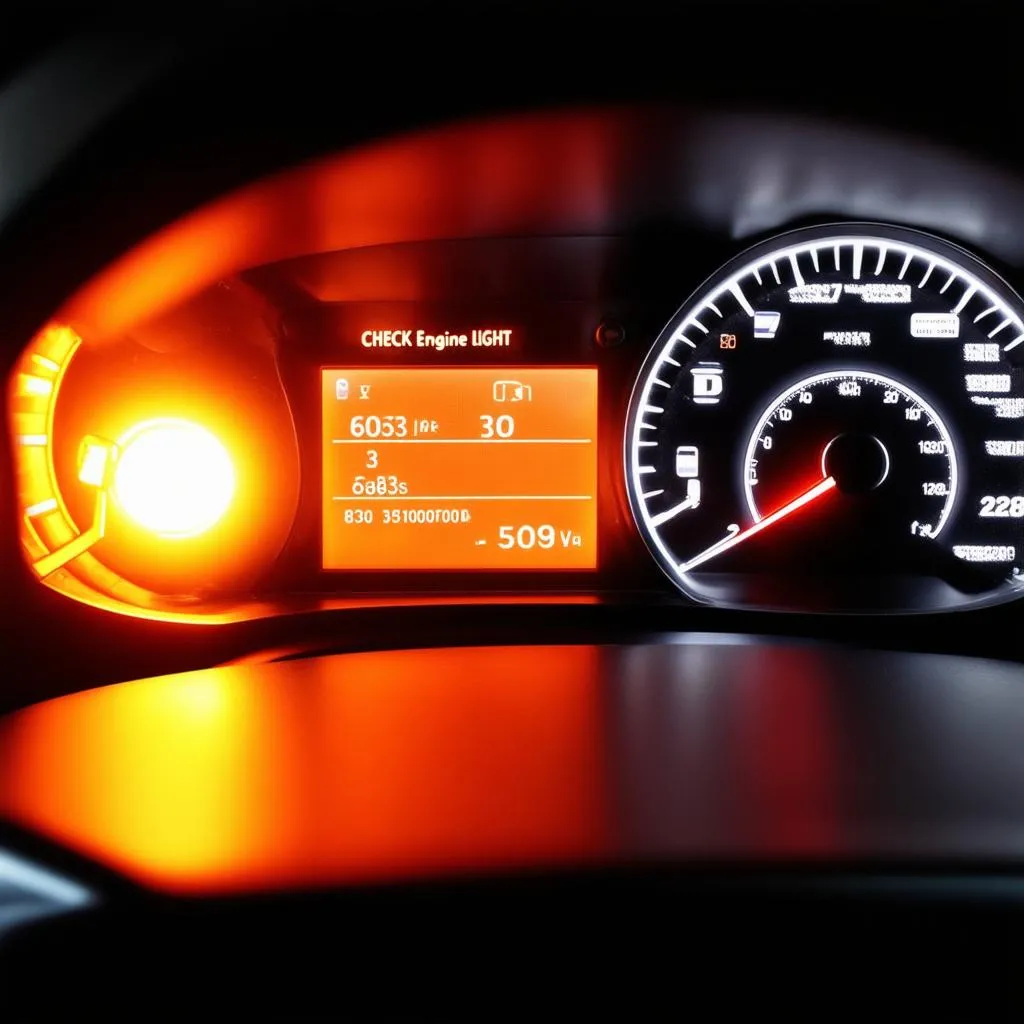“A stitch in time saves nine,” my grandfather used to say, especially when it came to car maintenance. He swore by regular checkups and always emphasized addressing small issues before they morphed into costly nightmares. It seems this age-old wisdom holds true even in the modern era of cars, especially with the enigmatic “Obd Disease.”
So, what exactly is this “disease” that can plague our beloved vehicles? Don’t worry, it’s not contagious (to humans at least)!
Decoding the Jargon: Understanding Obd Disease
In simple terms, OBD disease isn’t a disease in the traditional sense. It refers to a cluster of persistent issues within your car’s electronic systems, often manifesting as recurring error codes detected by the OBD-II (On-Board Diagnostics) system. Think of it like your car’s internal “check engine” light throwing a fit!
Symptoms of Obd Disease:
While the symptoms can be as varied as the cars themselves, some common red flags include:
- Recurring error codes: You clear them, they reappear. Frustrating, right?
- Erratic engine performance: Stuttering, rough idling, or sudden loss of power.
- Reduced fuel efficiency: Burning a hole in your pocket at the gas station? OBD disease might be the culprit.
- Sensor malfunctions: From oxygen sensors to crankshaft position sensors, these little guys can throw a wrench (pun intended) in your car’s smooth operation.
What Causes Obd Disease?
Just like a real disease, the causes can be diverse and sometimes difficult to pinpoint. Some usual suspects include:
- Wiring problems: Loose connections, corroded wires, or damaged harnesses can disrupt communication within your car’s electrical system.
- Faulty sensors: A malfunctioning sensor can send incorrect data to the ECU (Engine Control Unit), triggering error codes.
- Vacuum leaks: These leaks can disrupt air/fuel ratios, leading to poor engine performance and emissions issues.
- Software glitches: Just like our computers, cars rely on software, and sometimes these programs can experience hiccups, causing communication errors and malfunctions.
 Car Dashboard with Check Engine Light
Car Dashboard with Check Engine Light
Taming the Electronic Beast: Diagnosing and Treating Obd Disease
Now that we understand the “what” and the “why,” let’s explore the “how” of tackling OBD disease.
1. Professional Diagnosis is Key
While some car enthusiasts boast DIY mechanical skills, diagnosing OBD disease often requires specialized equipment, specifically a high-quality dealer-level OBD scanner. These scanners, unlike generic ones, delve deeper into your car’s system, providing detailed information crucial for accurate diagnosis.
Expert Insight: “Using a generic OBD scanner is like reading a children’s book about the human body, while a dealer-level scanner is akin to studying a medical textbook,” says automotive electronics specialist Dr. Markus Schmidt, author of “The Electronic Anatomy of Modern Vehicles.” “The level of detail and insight provided by a professional-grade tool is indispensable for accurate diagnosis and effective repair.”
2. Addressing the Root Cause
Once the culprit is identified, the treatment plan can be formulated. It might involve:
- Repairing or replacing faulty wiring or sensors: Think of it as surgery for your car’s nervous system.
- Fixing vacuum leaks: A relatively simple procedure, like patching a hole in your favorite jeans.
- Updating software: Just like downloading the latest update for your smartphone, car software updates can often resolve glitches and improve performance.
 Mechanic Using Diagnostic Scanner on Car
Mechanic Using Diagnostic Scanner on Car
3. Preventive Measures
As the saying goes, “Prevention is better than cure.” Some proactive steps to keep OBD disease at bay include:
- Regular maintenance: Just like regular doctor visits, routine car checkups can catch potential issues early.
- Using quality parts: When repairs are needed, opt for high-quality, reputable brands to avoid future headaches.
- Addressing minor issues promptly: Ignoring a flickering “check engine” light is like ignoring a cough that could be signaling something more serious.
Beyond the Technical: A Holistic Perspective
While OBD disease primarily deals with your car’s electronics, some car owners believe in a holistic approach to car care. They view recurring car troubles, especially electrical ones, as a sign of imbalances in their own lives, reflecting stress or negativity.
While there’s no scientific evidence to support this, maintaining a positive mindset and reducing stress can’t hurt, right? It might even make that frustrating “check engine” light a little less annoying!
Need More Help Navigating the World of OBD?
- Can a Carley OBD Scanner Clear Codes? Link to relevant article
- Demystifying OBD Code 1558 Link to relevant article
For expert guidance and support in diagnosing and treating OBD disease, don’t hesitate to reach out to our team of automotive specialists via WhatsApp at +84767531508. We’re here to help you get your car back in tip-top shape!
Drive with Confidence, Not Codes
Remember, while OBD disease can be a nuisance, it’s usually manageable with timely diagnosis and proper care. By understanding the ins and outs of your car’s electronic systems and adopting proactive maintenance practices, you can keep those pesky error codes at bay and enjoy smooth, worry-free driving.
Do you have any experiences with OBD disease? Share your stories and questions in the comments below! Let’s learn from each other and keep our cars running smoothly.